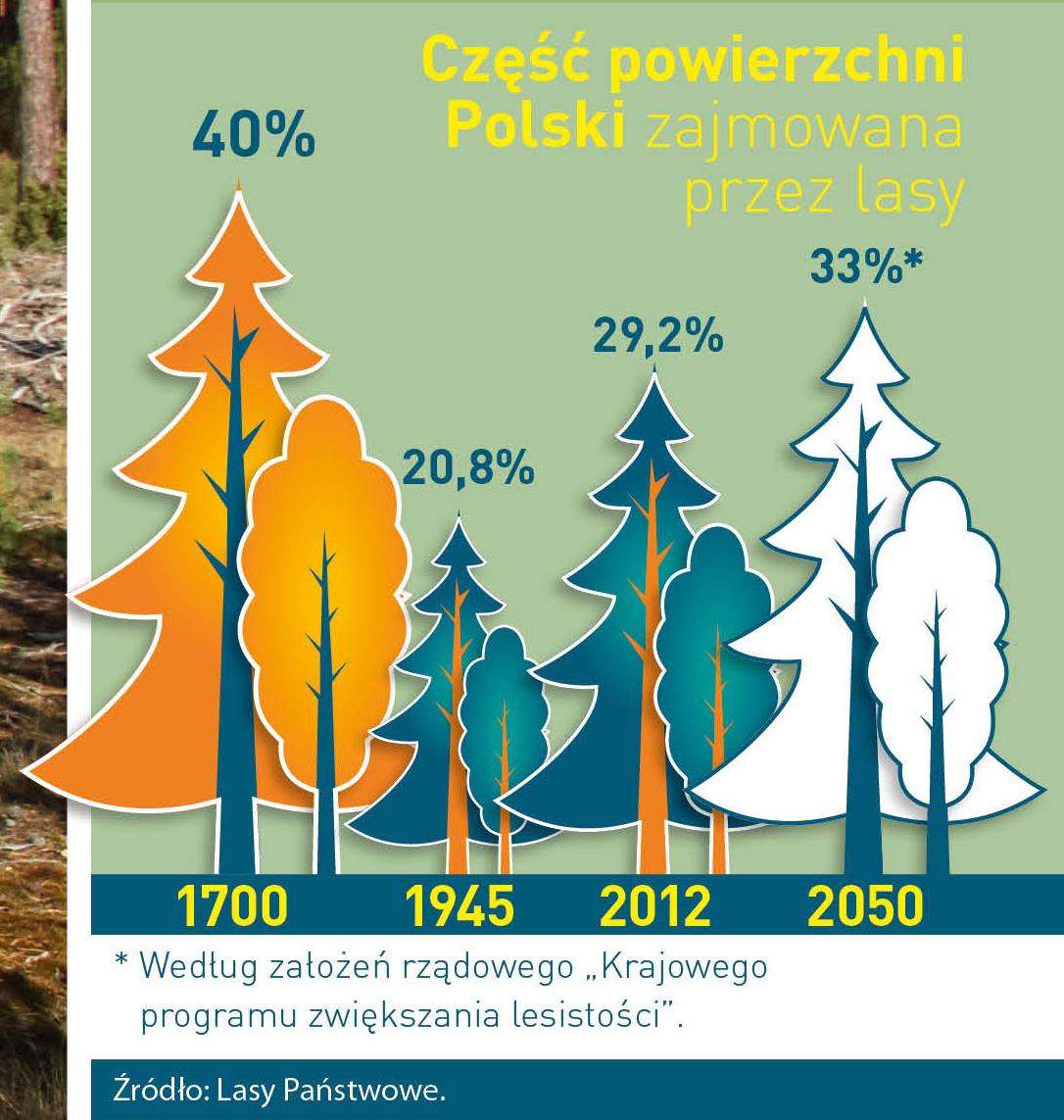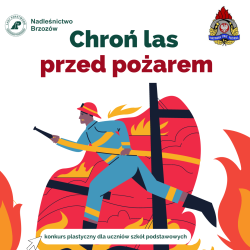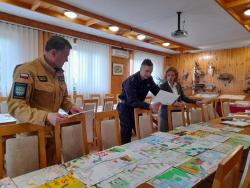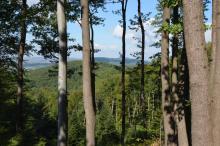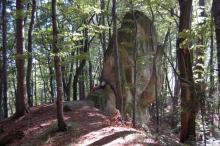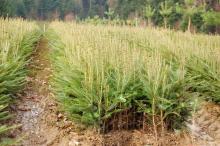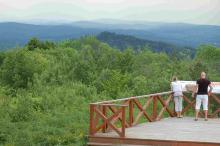 Asset Publisher
Asset Publisher
Polish forests
Poland is in the European lead, while concerning the area of all forests. They cover about 29,2 % of the country territory, and grow within the area of 9,1 million hectares. The overwhelming majority of the forests is state owned, of which almost 7,6 million hectares are managed by the State Forests National Forest Holding..
The number of Polish forest is still growing. The forestation rate of the country has increased from 21 % in 1945 to 29,2 % at the moment. Between 1995 and 2008, the forest area increased by 310 thousand ha. The basis for afforestation works is the "National Programme for Increasing the Forest Cover" (KPZL), assuming an increase of the forestation rate up to 30 % by 2020 and up to 33 % by 2050. Polish forests abound in flora, fauna and fungi. 65 % of the total number of animal species live there.
The forests grow in our country on poor soils, mainly because of the development of the agriculture in previous years. It influences the distribution of the types of the forest sites in Poland. Over 55 % of the forest areas is covered with coniferous forests. In other areas, there are forest sites, mainly the mixed ones. Their small part constitute alder and riparian forests – not more than 3 %.
In the years 1945 – 2011 the area of natural deciduous tree stands within the area of the State Forests National Forest Holding increased from 13 to 28,2 %.
Within the lowlands and uplands the most often occurring tee species is pine. It covers 64,3 % of the forest area of the State Forests National Forest Holding and 57,7 % of private and commune forests. In the mountains the predominant species is European spruce ( in the west) and European spruce with beech (in the east). Domination of pine is the result of carrying on sustainable forest management in the past. Once, the monocultures (crops or cultivations of one species) were the answer to the great demand of industry for wood. Such forests appeared to be quite fragile to climatic factors. They also were often the prey of pests' expansion.
In Polish forests, the share of other tree species, especially deciduous trees have been systematically increasing. The foresters have stepped aside from monocultures – that is why, they try to fit specific species of the forest stand to the natural stand, that would be proper for the given area. Thanks to that, in the years 1945 – 2011, the area of the deciduous tree stands within the lands of the State Forests National Forest Holding increased from 13 to 28,2 %. There occur more and more frequently the following tree species: oaks, ashes, maples, sycamore maples, elms, but also birches, beeches, alders, poplars, hornbeams, aspens, tilias and willows.
Our forests are the most often represented by the forest stands aged 40 to 80 years. The average age of the forest equals 60 years. More and more trees are of big size at the age over 80 years. Since the end of the Second World War, the forests' area has increased up to almost 1,85 million hectares.
Raport o stanie lasów w Polsce 2012
 Asset Publisher
Asset Publisher
Konkurs chroń las przed pożarem rozstrzygnięty
Konkurs chroń las przed pożarem rozstrzygnięty
Z przyjemnością informujemy, że konkurs Chroń las przed pożarem został rozstrzygnięty!
Na konkurs wpłynęło 319 prac! Dzieci oczywiście wykazały się pomysłowością i kreatywnością, stąd też przedstawiciele organizatorów mieli twardy orzech do zgryzienia.
Komisja konkursowa, złożona z przedstawicieli Komendy Powiatowej Państwowej Strazy Pożarnej w Brzozowie, Komendy Powiatowej Państwowej Strazy Pożarnej w Sanoku oraz Nadleśnictwa Brzozów, spośród nadesłanych prac wyłoniła następujących laureatów:
Kategoria: szkoły podstawowe, klasy I-III
I miejsce
Klara Pałys – Szkoła Podstawowa nr 1 w Sanoku
Zuzanna Ptak – Szkoła Podstawowa w Malinówce
Kamila Pitera – Zespół Szkolno - Przedszkolny w Domaradzu
Antonina Pietryka – Szkoła Podstawowa nr 2 w Przysietnicy
II miejsce
Natalia Findysz – Zespół Szkolno- Przedszkolny w Domaradzu
Miłosz Chmielewski - Szkoła Podstawowa w Górkach
Michalina Pałys – Szkoła Podstawowa w Falejówce
Angelika Konopka – Szkoła Podstawowa w Załużu
III miejsce
Dawid Galant - Szkoła Podstawowa w Falejówce
Emilia Biega – Szkoła Podstawowa w Trepczy
Michalina Gazdowicz – Szkoła Podstawowa w Tyrawie Wołoskiej
Maksymilian Jach – Szkoła Podstawowa w Tyrawie Wołoskiej
Wyróżnienie
Zuzanna Pilawska – Szkoła Podstawowa w Malinówce
Szymon Śnieżek – Szkoła Podstawowa w Jasienicy Rosielnej
Patryk Rachwał – Szkoła Podstawowa w Malinówce
Hanna Biłas – Szkoła Podstawowa w Tyrawie Wołoskiej
Milena Gaździk – Zespół Szkół nr 1 w Przysietnicy
Lena Szerszeń – Zespół Szkolno- Przedszkolny w Domaradzu
Kategoria: szkoły podstawowe, klasy IV-VIII
I miejsce
Amelia Gaboń – Hafid – Szkoła Podstawowa w Górkach
Julia Kraczkowska – Szkoła Podstawowa w Dydni
Oliwia Wieszczek – Zespół Szkolno – Przedszkolny w Domaradzu
Klaudia Ząbek- Zespół Szkół w Golcowej
II miejsce
Arkadiusz Roman - Szkoła Podstawowa w Humniskach
Zofia Kornaga – Szkoła Podstawowa nr 1 w Przysietnicy
Konrad Więcek- Zespół Szkół w Golcowej
Nikola Piskorowska- Szkoła Podstawowa w Dydni
III miejsce
Jakub Wrona – Szkoła Podstawowa nr 2 w Golcowej
Elżbieta Dżoń – Szkoła Podstawowa w Brzozowie
Urszula Dyrak – Szkoła Podstawowa w Jasienicy Rosielnej
Maksymilian Dziamba – Szkoła Podstawowa w Dydni
Wyróżnienie
Jakub Koczyk – Zespół Szkół w Golcowej
Kornelia Bryś – Zespół Szkolno- Przedszkolny w Humniskach
Krzysztof Masłowski – Szkoła Podstawowa w Pakoszówce
Maja Kwiatkowska – Szkoła Podstawowa w Jasienicy Rosielnej
Anna Gajda – Szkoła Podstawowa w Falejówce
Zuzanna Kłodowska – Szkoła Podstawowa w Dydni
Jagoda Misztak – Szkoła Podstawowa w Humniskach
W załączeniu protokół z posiedzenia konkursu.
O terminie i szczegółach uroczystego zakończenia konkursu będziemy informować szkoły w osobnej korespondencji.


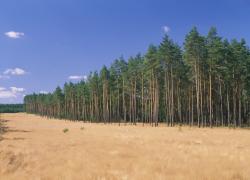 fot. Paweł Fabijański
fot. Paweł Fabijański
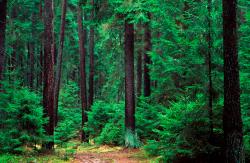 fot. Paweł Fabijański
fot. Paweł Fabijański
 fot. Paweł Fabijański
fot. Paweł Fabijański
